Code
HCS29716
Weight
900 gm / 1.98 lbs
Size
Height
131cm (52") Width
100cm (39") Material
Cotton Canvas & Natural Color
Availability
Available

Safe Payment
We accept Paypal, Money Transfer, Bank Transfer
Confidence
Protection covers your purchase and personal data.
Worldwide Delivery
We ship Worldwide, except Russia.Shipping cost US$25.2 for upto 0.5 kgs

Hotline
Talk to help line for your question on 9841267335Old Stock Thangka : Old Stock Thangka
This Chakrasamvara [newari] Thangka, Buddhist Traditional Painting, Tibetan Style, [oiled Thangka], [old Stock] is our old stock collection, Experience the captivating allure of the "Timeless Splendor" thangka painting, a rare and extraordinary masterpiece that embodies the essence of ancient artistic traditions. Created approximately 15 to 20 years ago, this painting showcases the meticulous artistry and devotion of a single artist, who skillfully prepared the canvas and brought the artwork to life.
The age of this painting adds to its rarity and significance. With its creation dating back 15 to 20 years, it carries the legacy of traditional artistic techniques. Once this collection is sold, no more paintings of its kind will be produced, making it an extraordinary find for art enthusiasts and collectors.
What sets this thangka painting apart is the genuine and thick layers of gold meticulously applied by the artist. The result is a resplendent and opulent appearance that captivates the viewer's gaze. Unlike contemporary practices where different artists handle different aspects of the painting, this unique artwork is a testament to the singular vision and talent of one artist, ensuring a harmonious and unified composition. Read More . . .
This Chakrasamvara [newari] Thangka, Buddhist Traditional Painting, Tibetan Style, [oiled Thangka], [old Stock] is our old stock collection, Experience the captivating allure of the "Timeless Splendor" thangka painting, a rare and extraordinary masterpiece that embodies the essence of ancient artistic traditions. Created approximately 15 to 20 years ago, this painting showcases the meticulous artistry and devotion of a single artist, who skillfully prepared the canvas and brought the artwork to life.
The age of this painting adds to its rarity and significance. With its creation dating back 15 to 20 years, it carries the legacy of traditional artistic techniques. Once this collection is sold, no more paintings of its kind will be produced, making it an extraordinary find for art enthusiasts and collectors.
What sets this thangka painting apart is the genuine and thick layers of gold meticulously applied by the artist. The result is a resplendent and opulent appearance that captivates the viewer's gaze. Unlike contemporary practices where different artists handle different aspects of the painting, this unique artwork is a testament to the singular vision and talent of one artist, ensuring a harmonious and unified composition. Read More . . .
Thanka Oiled : About Oil Antique Finishing
The Chakrasamvara [newari] Thangka, Buddhist Traditional Painting, Tibetan Style, [oiled Thangka], [old Stock] Thangka, featuring an oiled antique finish, is a remarkable and captivating work of art. This thangka has undergone a finishing process that involves the application of a special varnish, resulting in an antique appearance. The intention is to create the impression that the painting has been graced by the presence of butter lamps over an extensive period. Read More . . .
The Chakrasamvara [newari] Thangka, Buddhist Traditional Painting, Tibetan Style, [oiled Thangka], [old Stock] Thangka, featuring an oiled antique finish, is a remarkable and captivating work of art. This thangka has undergone a finishing process that involves the application of a special varnish, resulting in an antique appearance. The intention is to create the impression that the painting has been graced by the presence of butter lamps over an extensive period. Read More . . .
Introduction to Thangka
A thangka, also known as tangka, thanka, or tanka, is a vibrant and intricate Tibetan Buddhist painting that serves as a visual representation of spiritual teachings. Crafted with meticulous detail on cotton or silk appliqué, thangkas depict a wide range of subjects including Buddhist deities, sacred scenes, mandalas, and narrative stories. These sacred artworks are traditionally kept unframed and rolled up for storage, resembling ancient scrolls. To protect their delicate nature, thangkas are mounted on textile backings and often adorned with a silk cover on the front. Proper preservation in dry environments is crucial to maintain the integrity and longevity of the silk. Read More . . .
A thangka, also known as tangka, thanka, or tanka, is a vibrant and intricate Tibetan Buddhist painting that serves as a visual representation of spiritual teachings. Crafted with meticulous detail on cotton or silk appliqué, thangkas depict a wide range of subjects including Buddhist deities, sacred scenes, mandalas, and narrative stories. These sacred artworks are traditionally kept unframed and rolled up for storage, resembling ancient scrolls. To protect their delicate nature, thangkas are mounted on textile backings and often adorned with a silk cover on the front. Proper preservation in dry environments is crucial to maintain the integrity and longevity of the silk. Read More . . .
Brief Introduction :
Chakrasamvara is a leading tantric deity who embodies great bliss [Skt. Mahasukha] realisable through a combination of wisdom and method. The idea of duality, the merging & union of two opposite forms or ideas originated thousands of years ago. Through a union of our self & the universe we become part of the Sambhogakaya realm within which great happiness which includes love, friendship, peace and joy. Chakra Sambhava is a tutelary deity seeking to guide people to great happiness.
Iconography :Chakrasamvara is represented with a blue body, four faces and twelve arms in yib-yum union with his swisdom energy Vajravarahi {also known as Vajrayogini}. She holds a skullcap in her left hand behind his back and a vajra headed chopper in her right. The chakra referred to is the chakra of Supreme Bliss. Chakrasamvara is regarded as the most important meditational deity [Yidam] of Vajrayana Buddhism, & primary Yidam of the Kagyu tradition with its origin in the meditation of the eighty four Mahasiddhis of India.
He stands on a sun disc surrounded by a flaming aura of his own radiant wisdom. He wears a tiger skin loin cloth in the manner of an ascetic yogi and is adorned with both bone and jewelled ornaments and a garland of fifty freshly severed human heads. His forehead sports the third eye of wisdom and the expression on his face is a mixture of wrath and passion. Heruka embraces his red wisdom energy Vajravarahi who holds a curved knife in her right hand to cut off ego interferences and in her left behind Heruka's head she has a skull-cup symbolizing self regenerating blissful wisdom. Heruka's right leg stands on the back of the worldly deity wrathful Ishvara (also known as Bhairava), while his left leg tramples on the breast of Bhairava's consort Kalarati. this stance symbolizes the ability of Chakrasamvara to overcome the forces of ignorant hatred and desirous attachment respectively. In addition to the traditional vajra and bell, the skin of an elephant, a drum, dagger, curved knife and ant three pointed spear in his right hands, and the staff, skull-cup, noose and the head of a worldly deity in his left hands. The symbolism of these various attributes can be explained as follows (partial). The 4 faces stand for the 4 doors of liberation.
His twelve arms signify the purification of the twelve links of dependent arising explained in the Wheel of Life The vajra and bell symbolize the supreme unification of method and wisdom. The elephant skin illustrates the abandonment of ignorance. The hand drum enhances the blissful happiness experienced in the minds of all fully enlightened ones. The dagger and curved knife cut off the thre poisons as the hub of the Wheel of Becoming [Skt. Bhavachakra] and eliminate all extreme views, while the 3-pointed spear pierces through the delusions of the 3 realms of existence. The green orb around Chakrasaṃvara's head symbolizes the enlightened transformation of sensual desire through the union of bliss and emptiness.
Commentary :He stands on a sun disc surrounded by a flaming aura of his own radiant wisdom. He wears a tiger skin loin cloth in the manner of an ascetic yogi and is adorned with both bone and jewelled ornaments and a garland of fifty freshly severed human heads. His forehead sports the third eye of wisdom and the expression on his face is a mixture of wrath and passion. Heruka embraces his red wisdom energy Vajravarahi who holds a curved knife in her right hand to cut off ego interferences and in her left behind Heruka's head she has a skull-cup symbolizing self regenerating blissful wisdom. Heruka's right leg stands on the back of the worldly deity wrathful Ishvara (also known as Bhairava), while his left leg tramples on the breast of Bhairava's consort Kalarati. this stance symbolizes the ability of Chakrasamvara to overcome the forces of ignorant hatred and desirous attachment respectively. In addition to the traditional vajra and bell, the skin of an elephant, a drum, dagger, curved knife and ant three pointed spear in his right hands, and the staff, skull-cup, noose and the head of a worldly deity in his left hands. The symbolism of these various attributes can be explained as follows (partial). The 4 faces stand for the 4 doors of liberation.
His twelve arms signify the purification of the twelve links of dependent arising explained in the Wheel of Life The vajra and bell symbolize the supreme unification of method and wisdom. The elephant skin illustrates the abandonment of ignorance. The hand drum enhances the blissful happiness experienced in the minds of all fully enlightened ones. The dagger and curved knife cut off the thre poisons as the hub of the Wheel of Becoming [Skt. Bhavachakra] and eliminate all extreme views, while the 3-pointed spear pierces through the delusions of the 3 realms of existence. The green orb around Chakrasaṃvara's head symbolizes the enlightened transformation of sensual desire through the union of bliss and emptiness.
Chakrasamvara is sometimes called Heruka. The term Heruka is also be applied to all wrathful male deities of high-end tantra yoga. In Sanskrit Chakrasamvara means 'Born or arising from the Chakra'. The chakra refers to the wheel of life. Sometimes the deity is called 'Chakrasamvara' means "Binding the Chakra or controlling the Chakras. Chakrasamvara is a heruka which means a divine father energy & the two armed form of Chakrasamvara is often called Heruka. Hi is a principal meditational deity [Skt. Istha-devata especially of the Kagyu. The Chakrasamvara sadhana is in the mother class of the Anuttara Yoga Tantra. Their embrace symbolizes the union of wisdom and skillful means. They symbolize the sameness in the distinctions of relative truth and the non-distinctions of absolute truth. Chakrasaṃvara, the Wrathful Lord of the Wheel of Supreme Bliss, is one of the major meditational deities of the mother tantras.
Mantra of Chakrasamvara
OM SHRI VAJRA HE HE RU RU KAM HUM HUM P'HAT DAKINI DZALA SHAMBARAM SVAHA


![Chakrasamvara [newari] Thangka, Buddhist Traditional Painting, Tibetan Style, [oiled Thangka], [old Stock]](https://handicraftseller.com/uploads/pics/product/thumb/2023/06/29716_1.jpg)
![Chakrasamvara [newari] Thangka, Buddhist Traditional Painting, Tibetan Style, [oiled Thangka], [old Stock]](https://handicraftseller.com/uploads/pics/product/thumb/2023/06/29716_2.jpg)
![Chakrasamvara [newari] Thangka, Buddhist Traditional Painting, Tibetan Style, [oiled Thangka], [old Stock]](https://handicraftseller.com/uploads/pics/product/thumb/2023/06/29716_3.jpg)
![Chakrasamvara [newari] Thangka, Buddhist Traditional Painting, Tibetan Style, [oiled Thangka], [old Stock]](https://handicraftseller.com/uploads/pics/product/thumb/2023/06/29716_4.jpg)
![Chakrasamvara [newari] Thangka, Buddhist Traditional Painting, Tibetan Style, [oiled Thangka], [old Stock]](https://handicraftseller.com/uploads/pics/product/thumb/2023/06/29716_5.jpg)
![Chakrasamvara [newari] Thangka, Buddhist Traditional Painting, Tibetan Style, [oiled Thangka], [old Stock]](https://handicraftseller.com/uploads/pics/product/thumb/2023/06/29716.jpg)
![Chakrasamvara [newari] Thangka, Buddhist Traditional Painting, Tibetan Style, [oiled Thangka], [old Stock]](https://handicraftseller.com/uploads/pics/product/thumb/2023/06/29716_0.jpg)
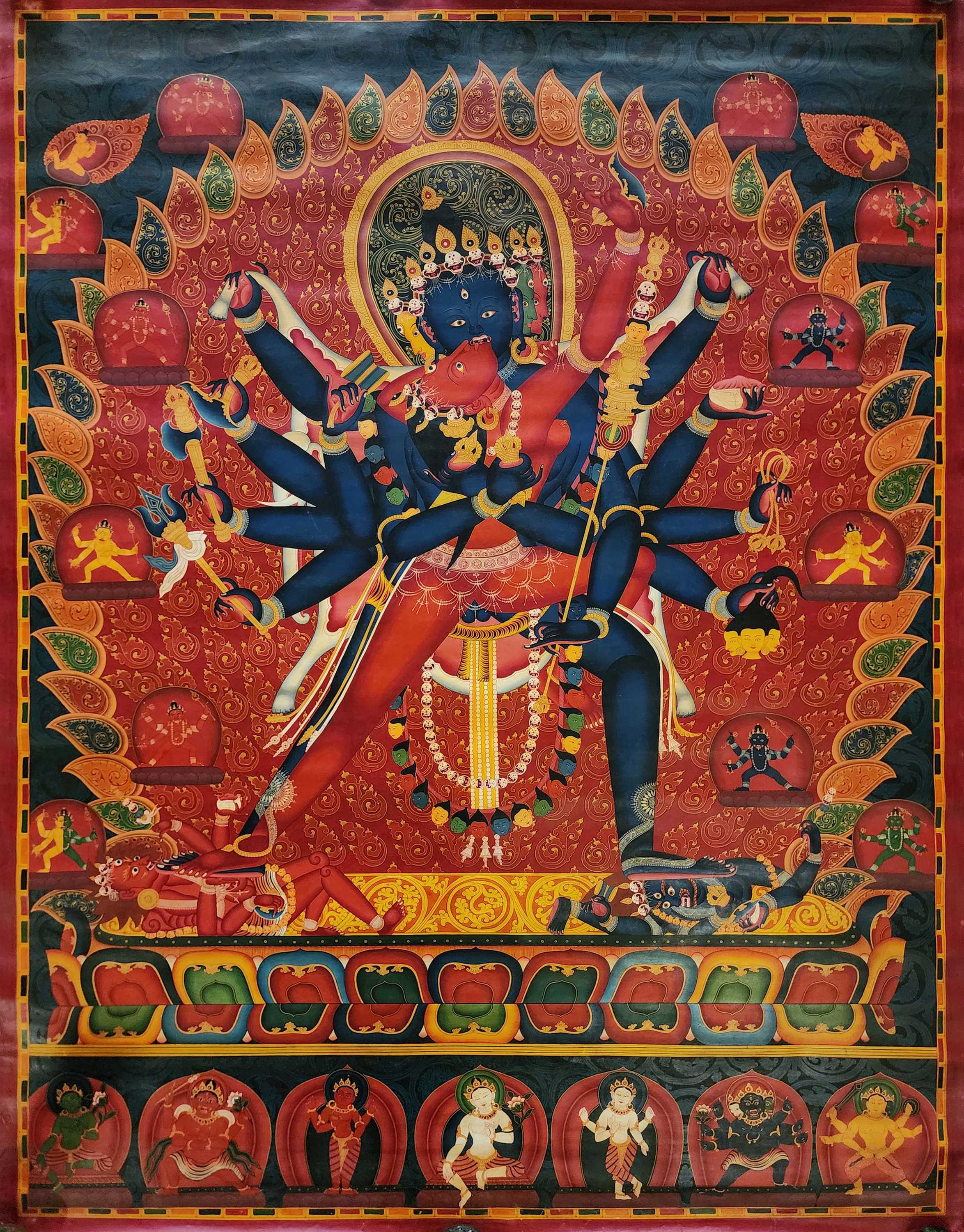









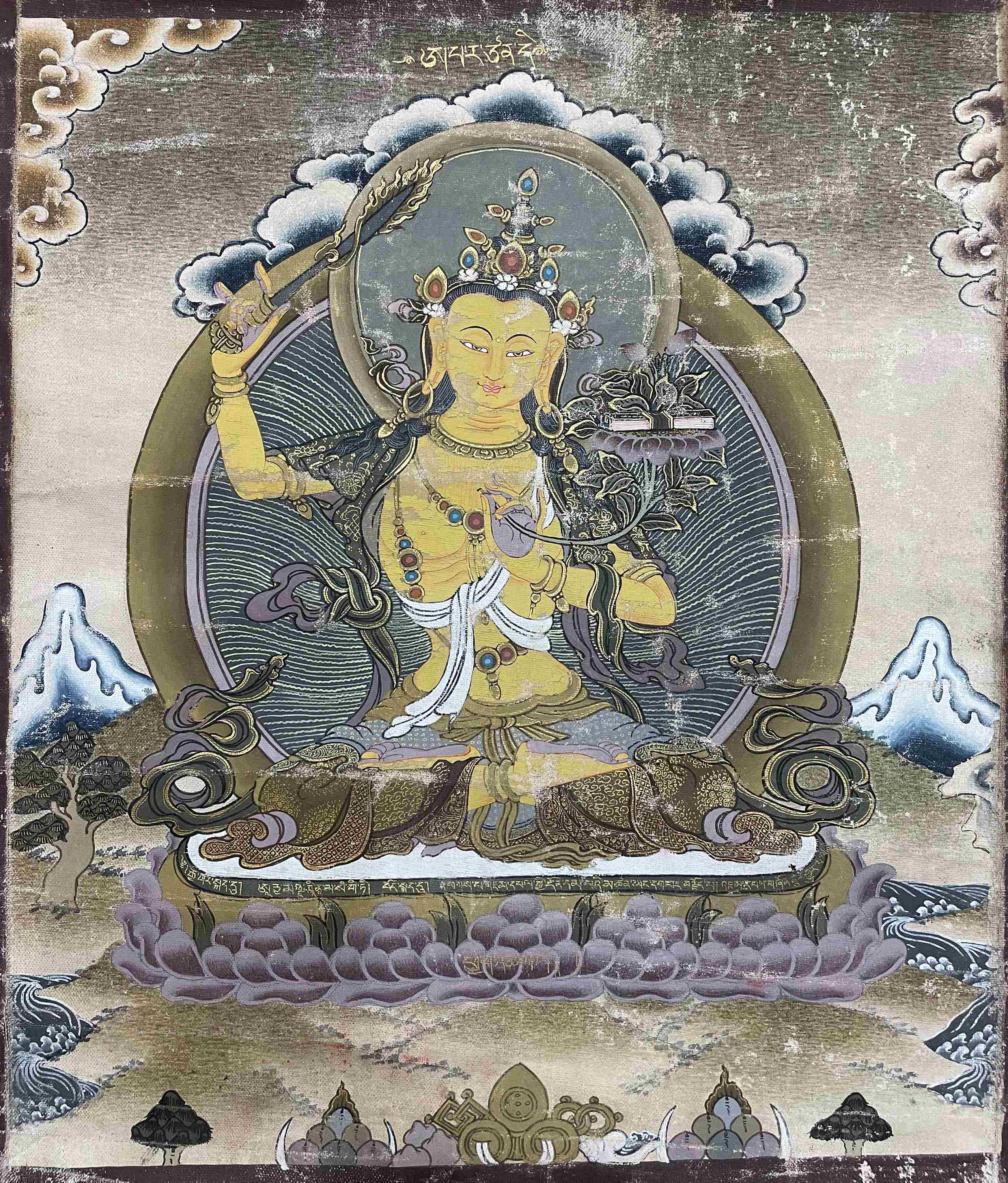 Old, Buddhist Handmade Thangka
Old, Buddhist Handmade Thangka 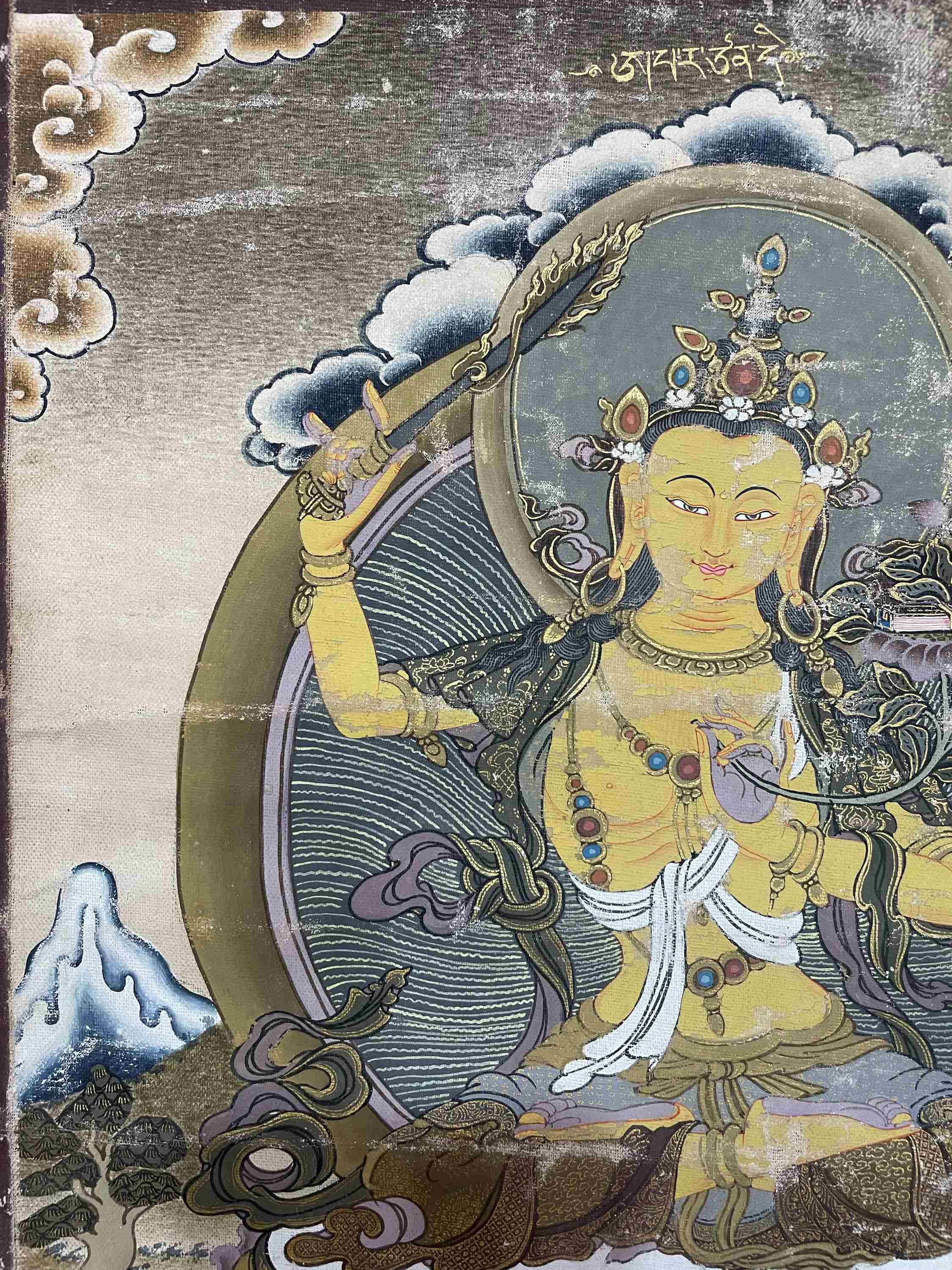 Old, Buddhist Handmade Thangka
Old, Buddhist Handmade Thangka 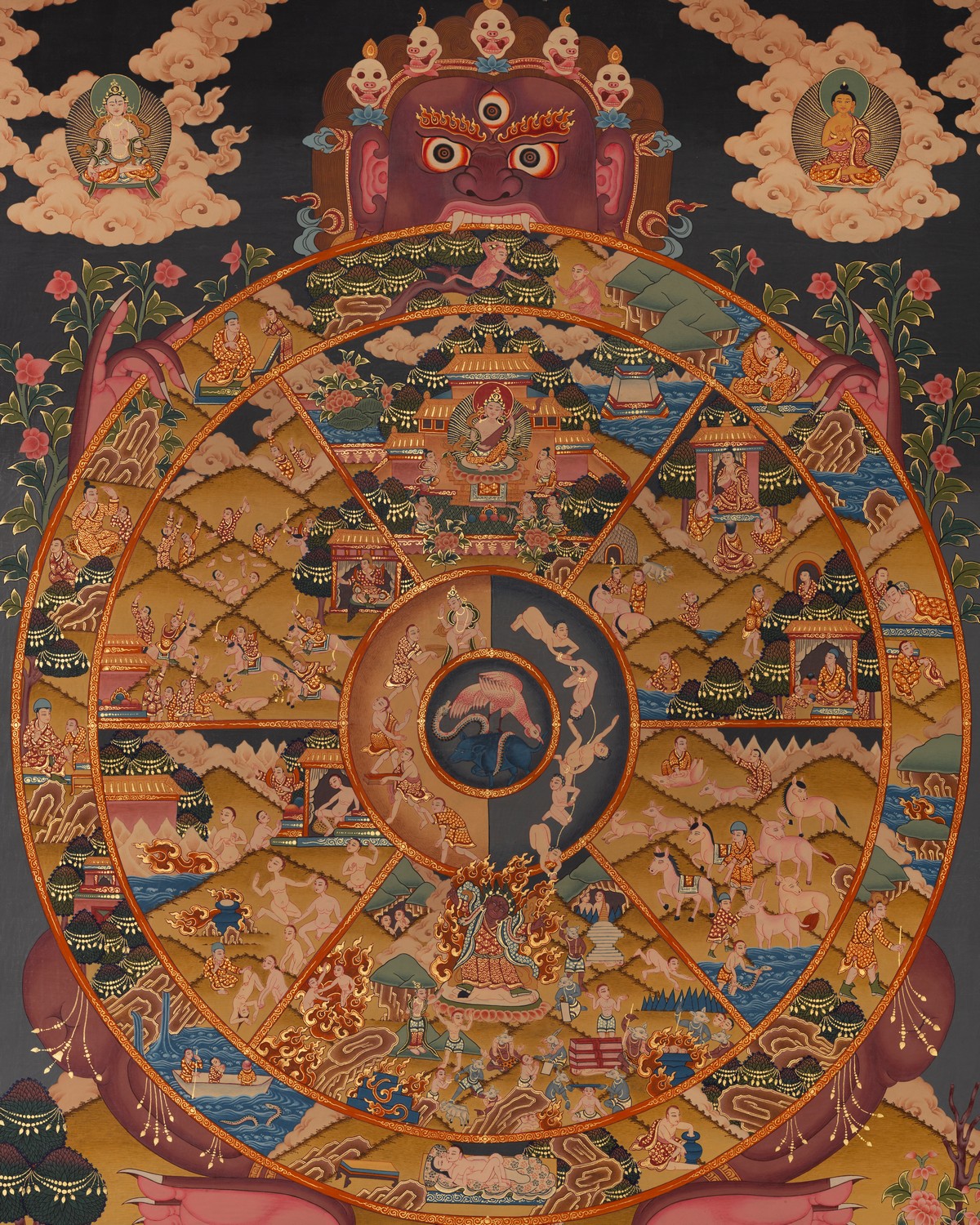 Old,
Old, 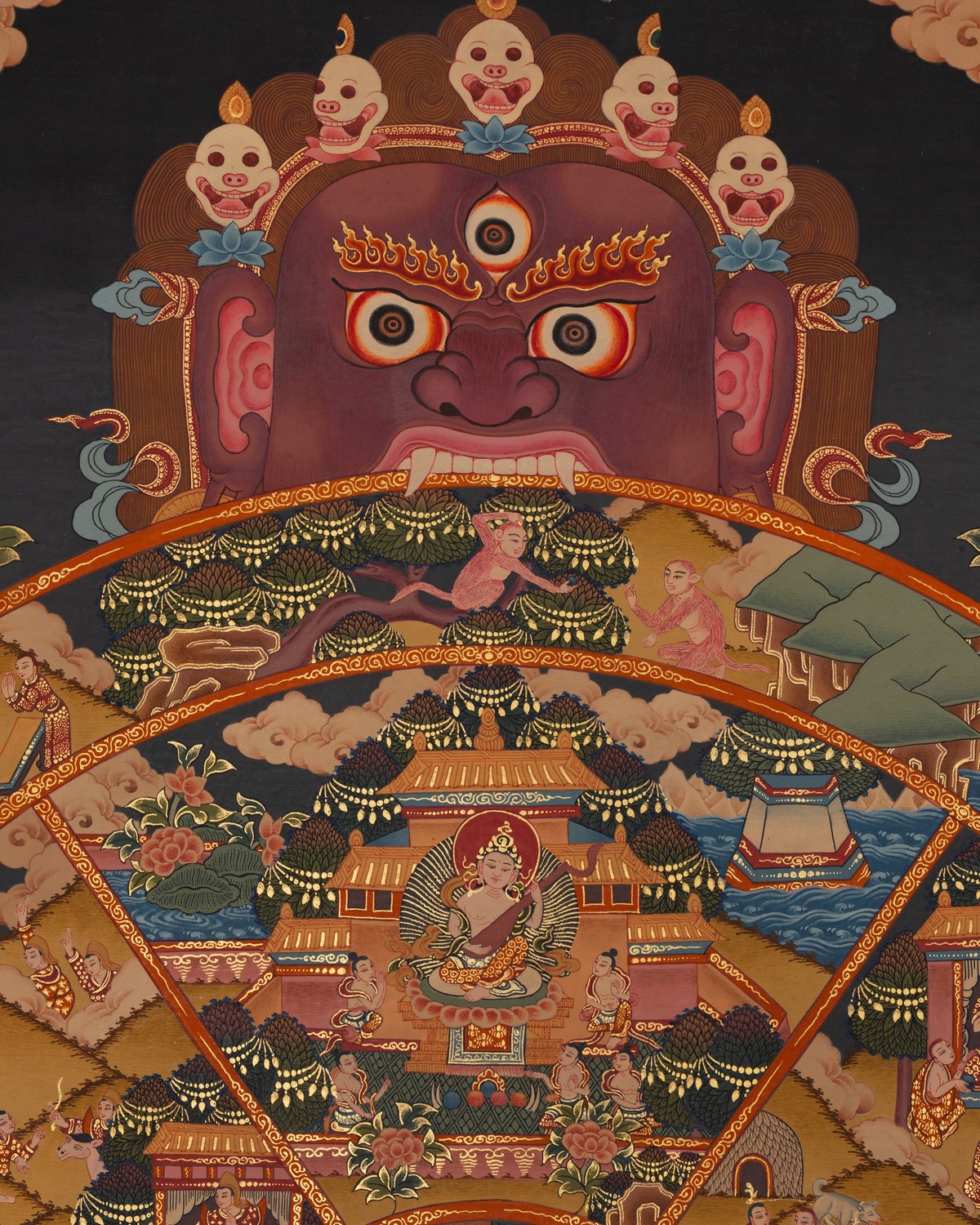 Old,
Old, 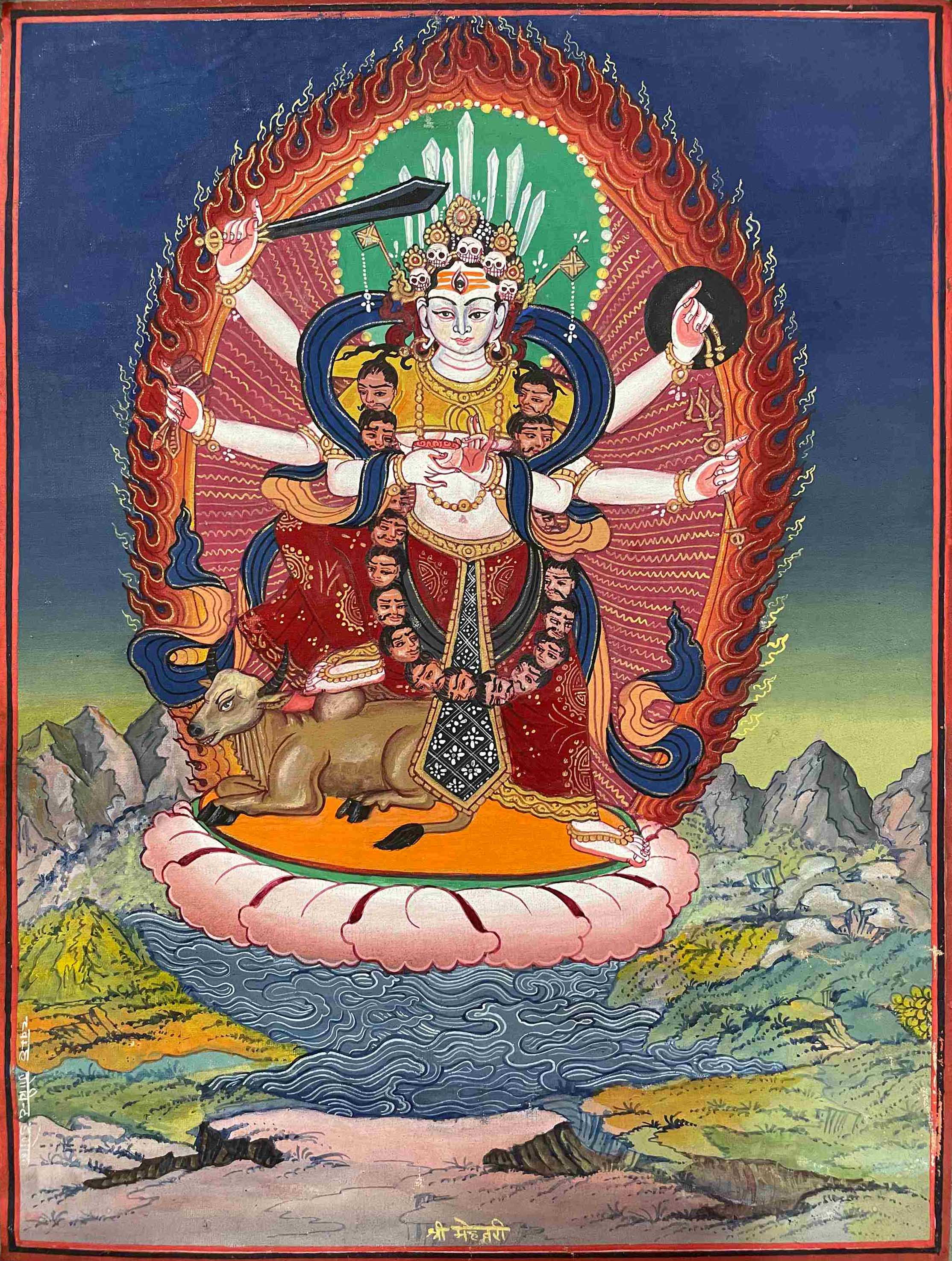 Old, Buddhist Hand Painting Thangka
Old, Buddhist Hand Painting Thangka  Old, Buddhist Hand Painting Thangka
Old, Buddhist Hand Painting Thangka 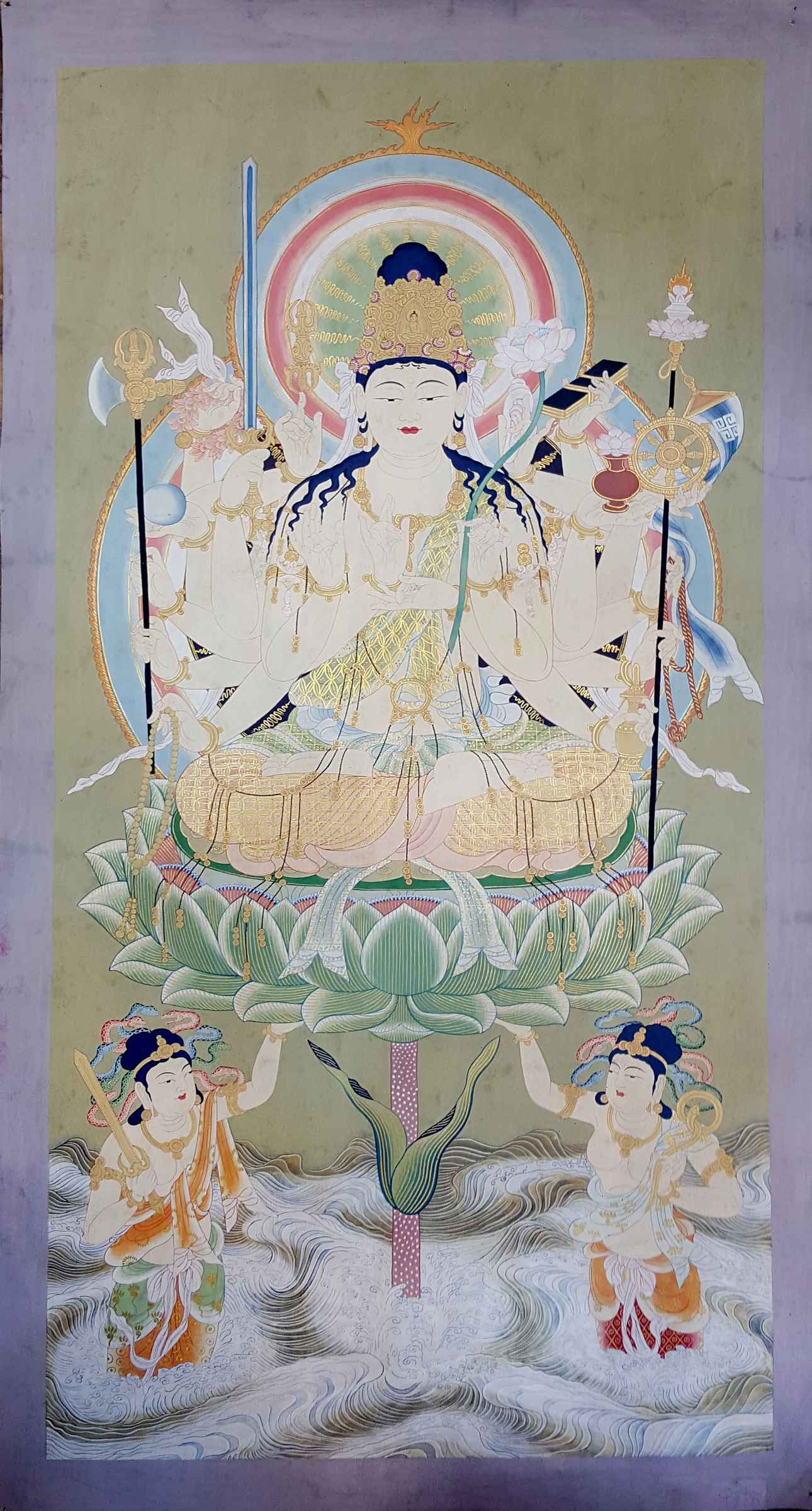 of Japanese Guanyin
of Japanese Guanyin  of Japanese Guanyin
of Japanese Guanyin  of Padmasambhava,
of Padmasambhava, 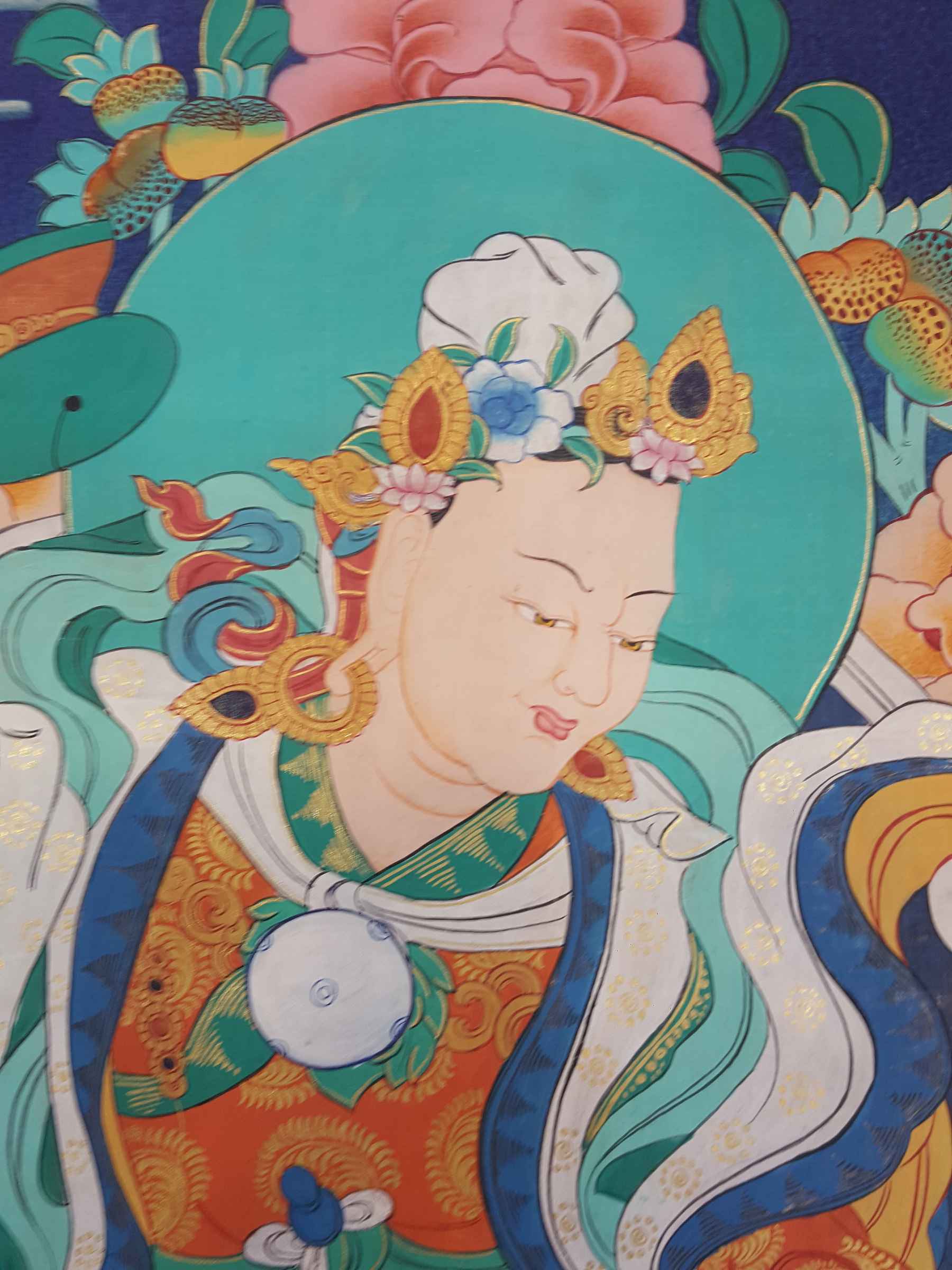 of Padmasambhava,
of Padmasambhava, 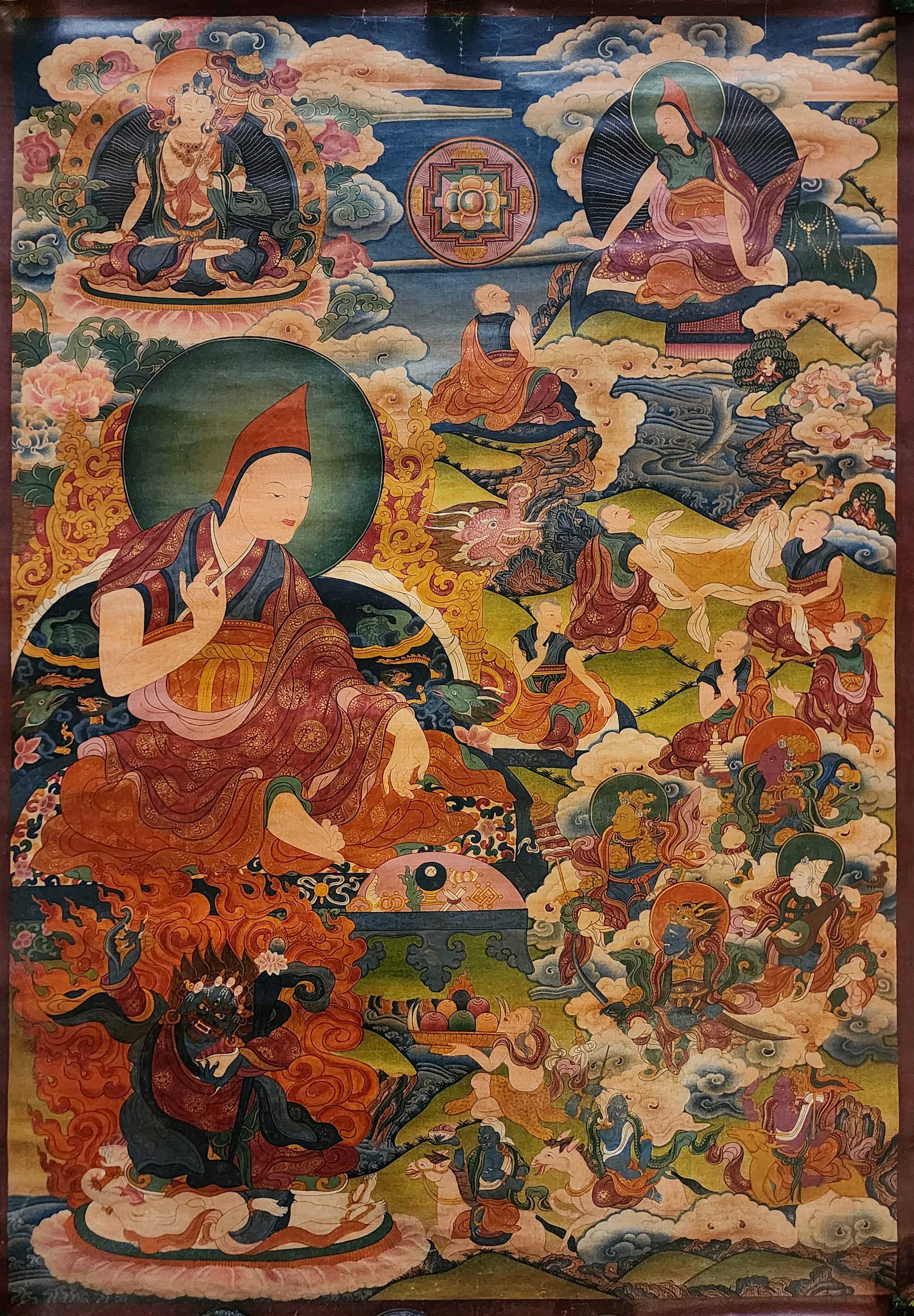 Real Gold,
Real Gold, 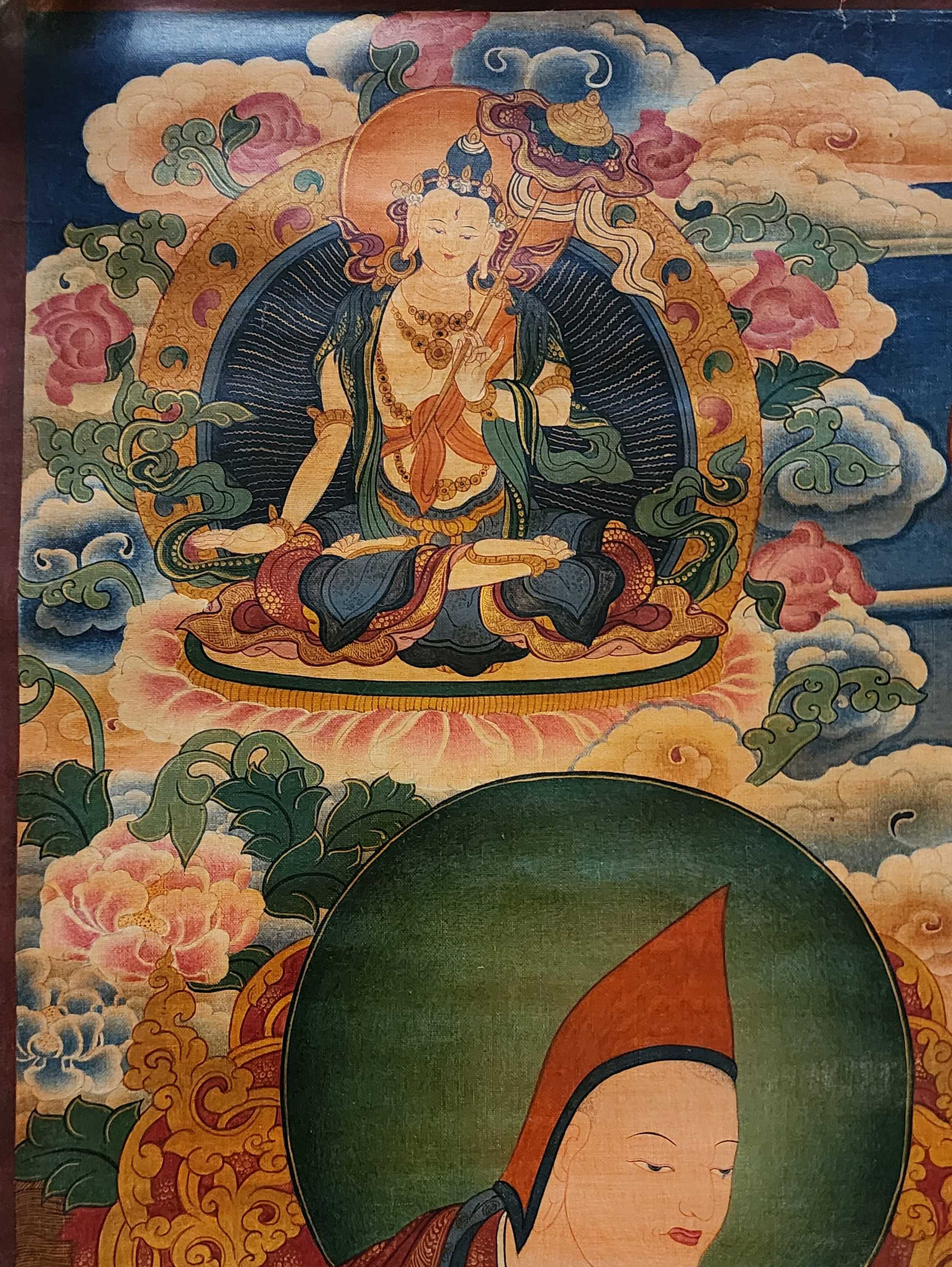 Real Gold,
Real Gold, 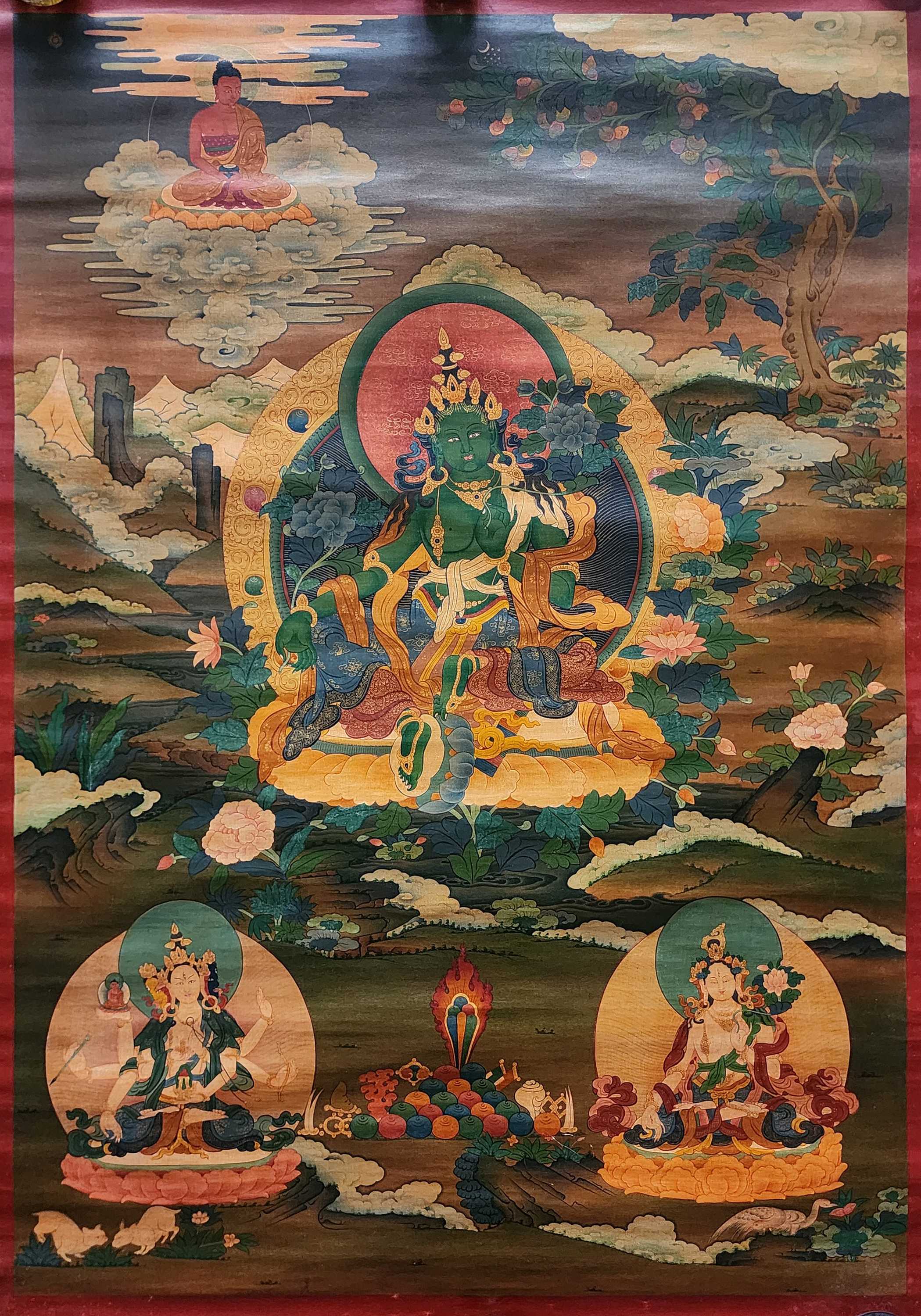 Real Gold,
Real Gold, 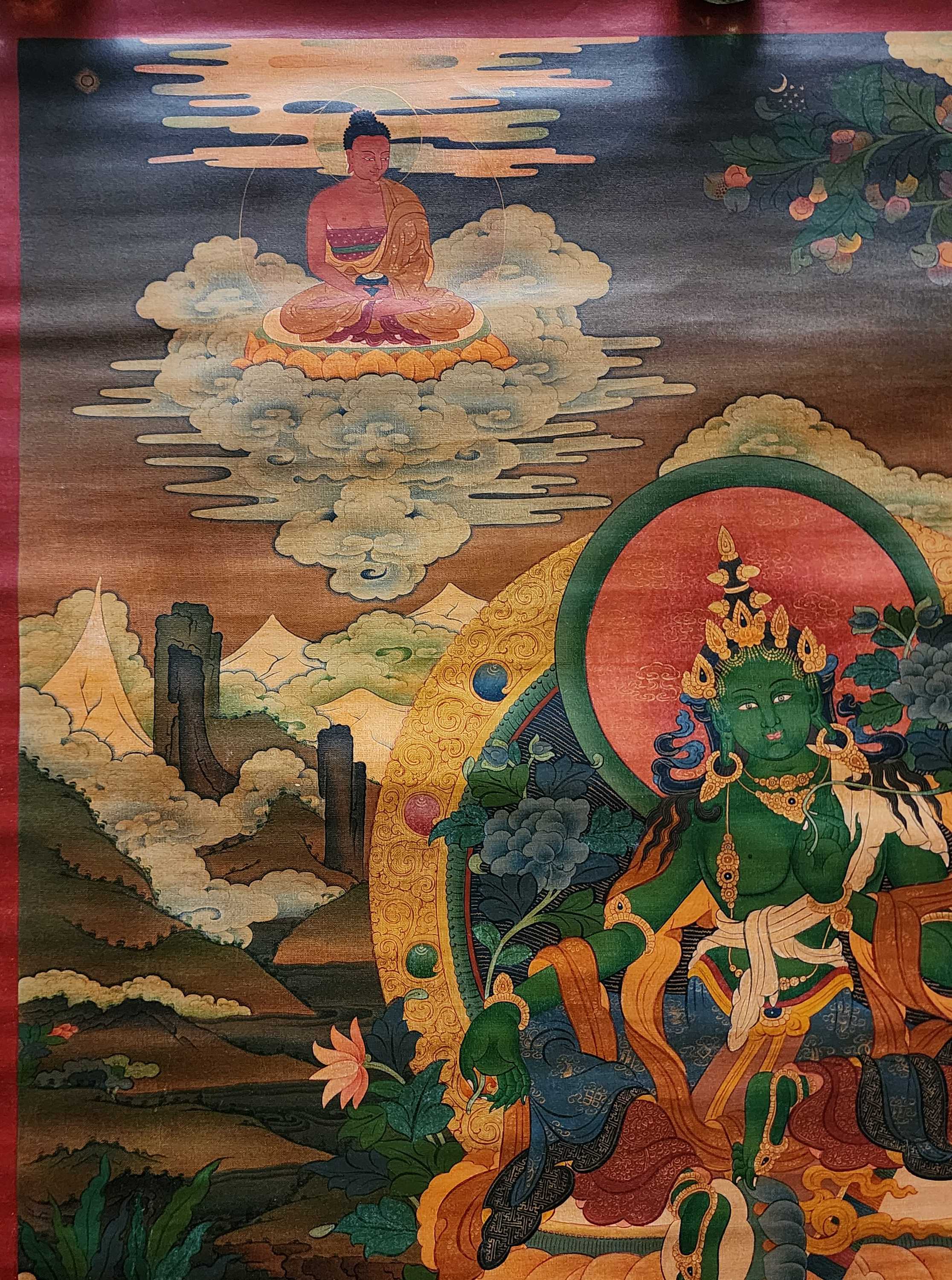 Real Gold,
Real Gold, 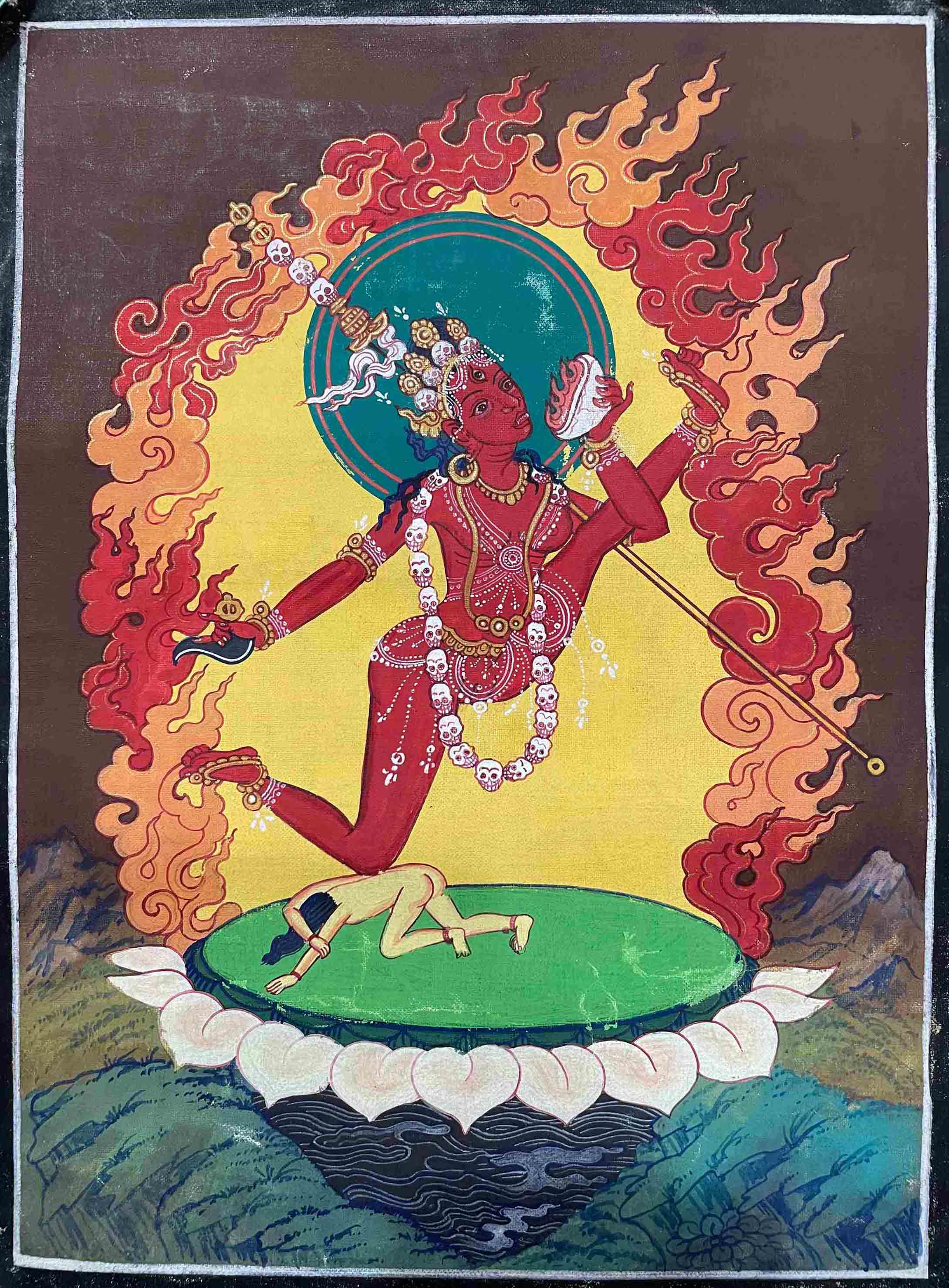 Old, Buddhist Hand Painting Thangka
Old, Buddhist Hand Painting Thangka 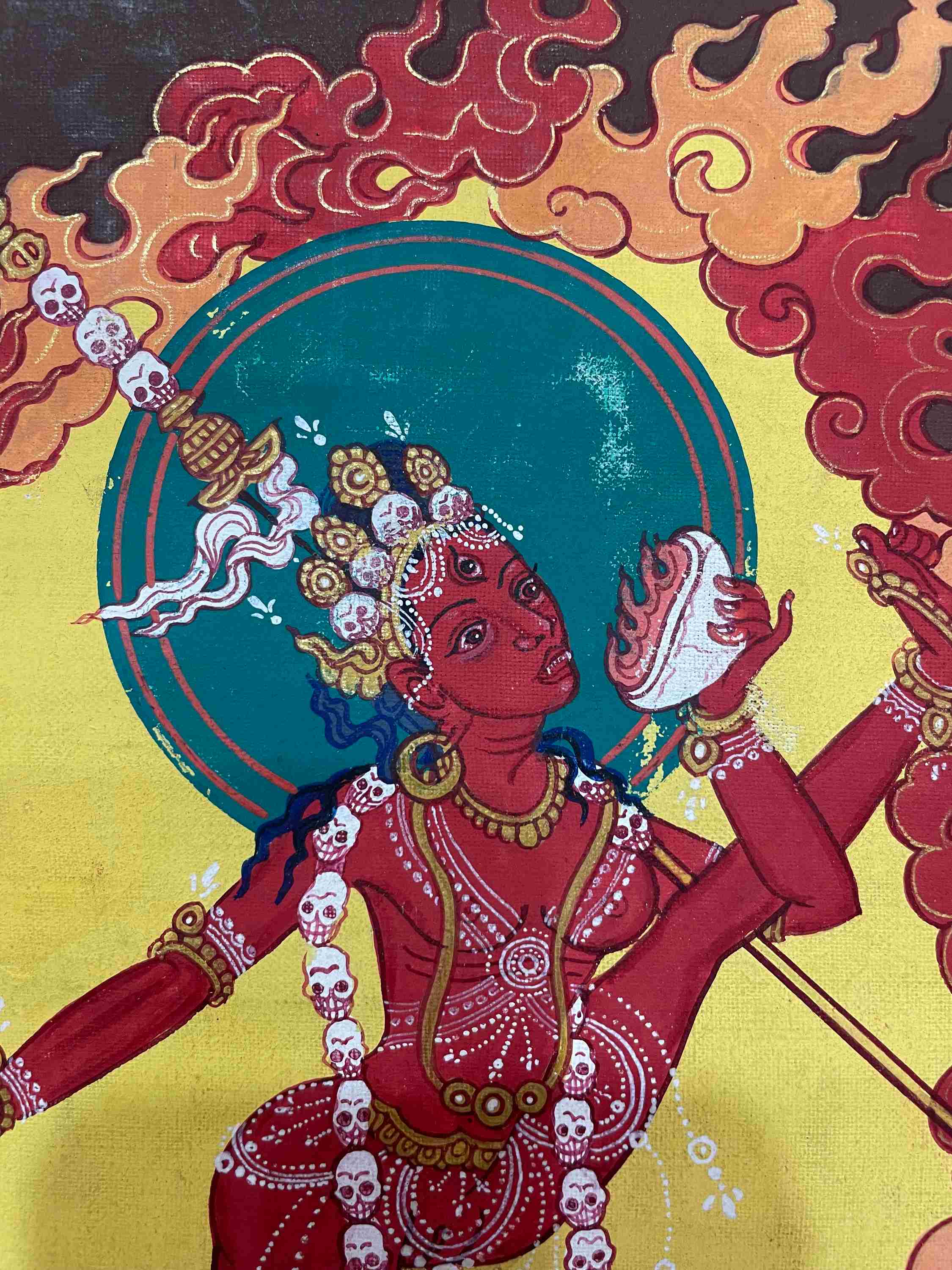 Old, Buddhist Hand Painting Thangka
Old, Buddhist Hand Painting Thangka 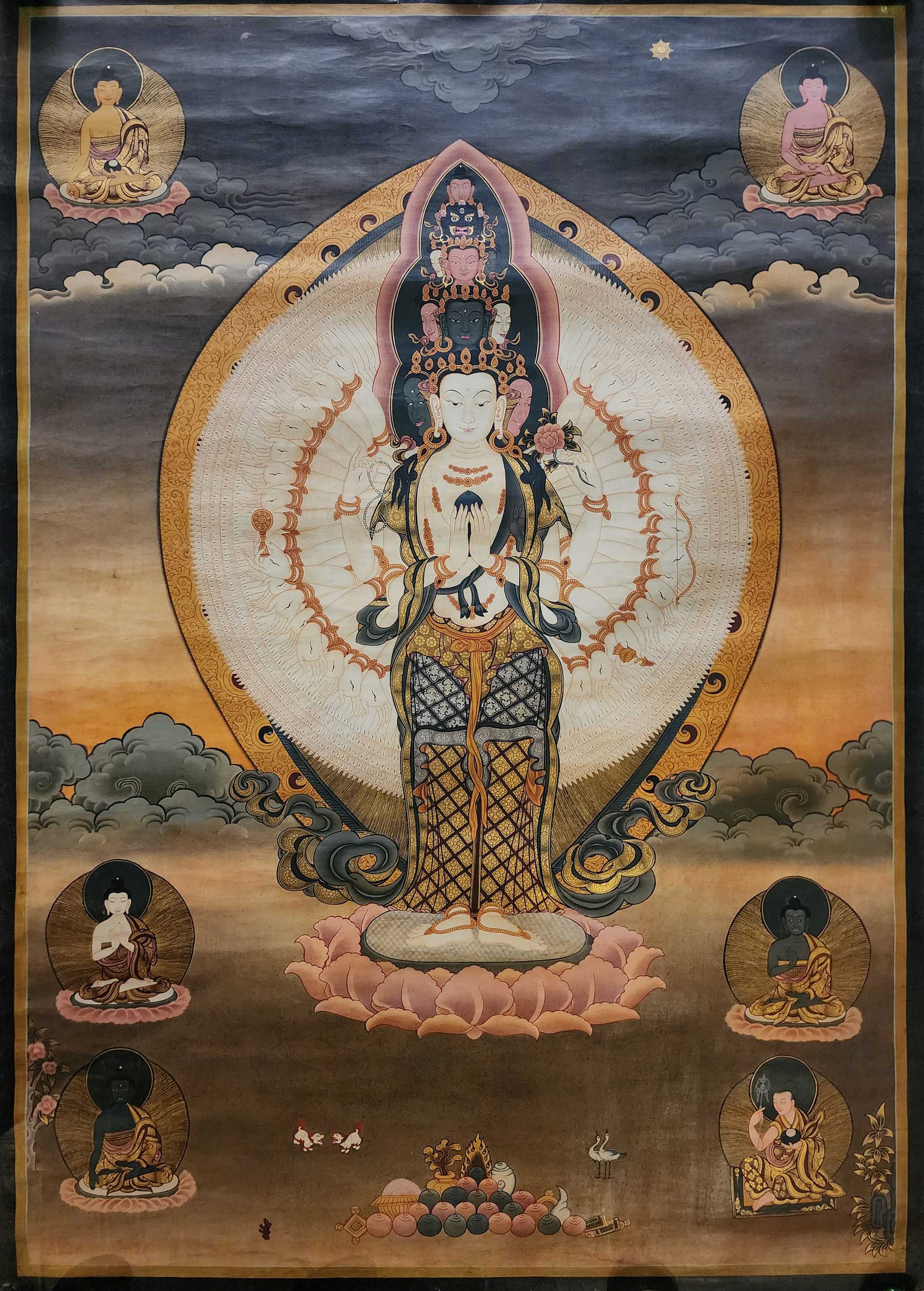 Real Gold,
Real Gold, 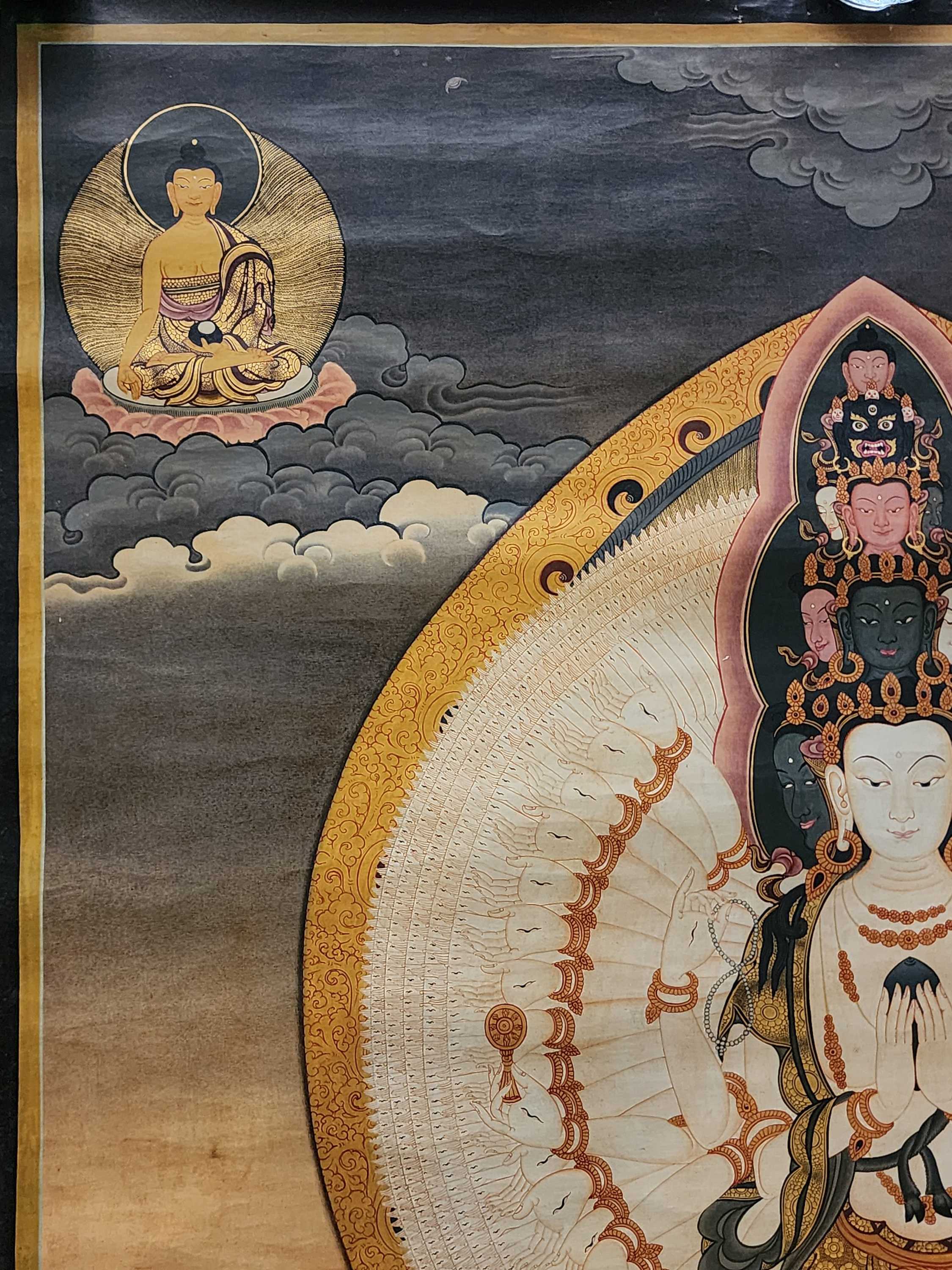 Real Gold,
Real Gold, 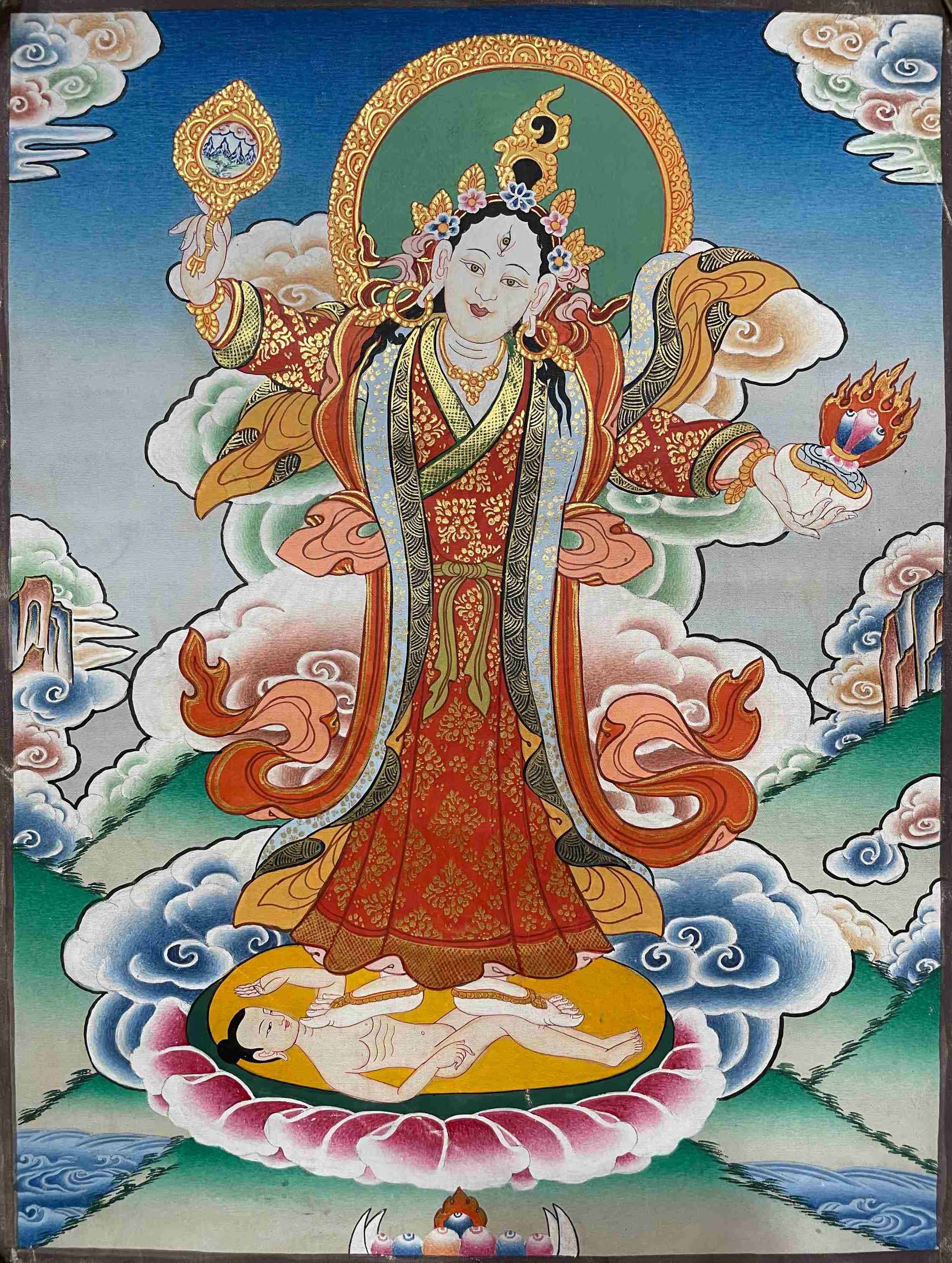 Old, Buddhist Hand Painting Thangka
Old, Buddhist Hand Painting Thangka 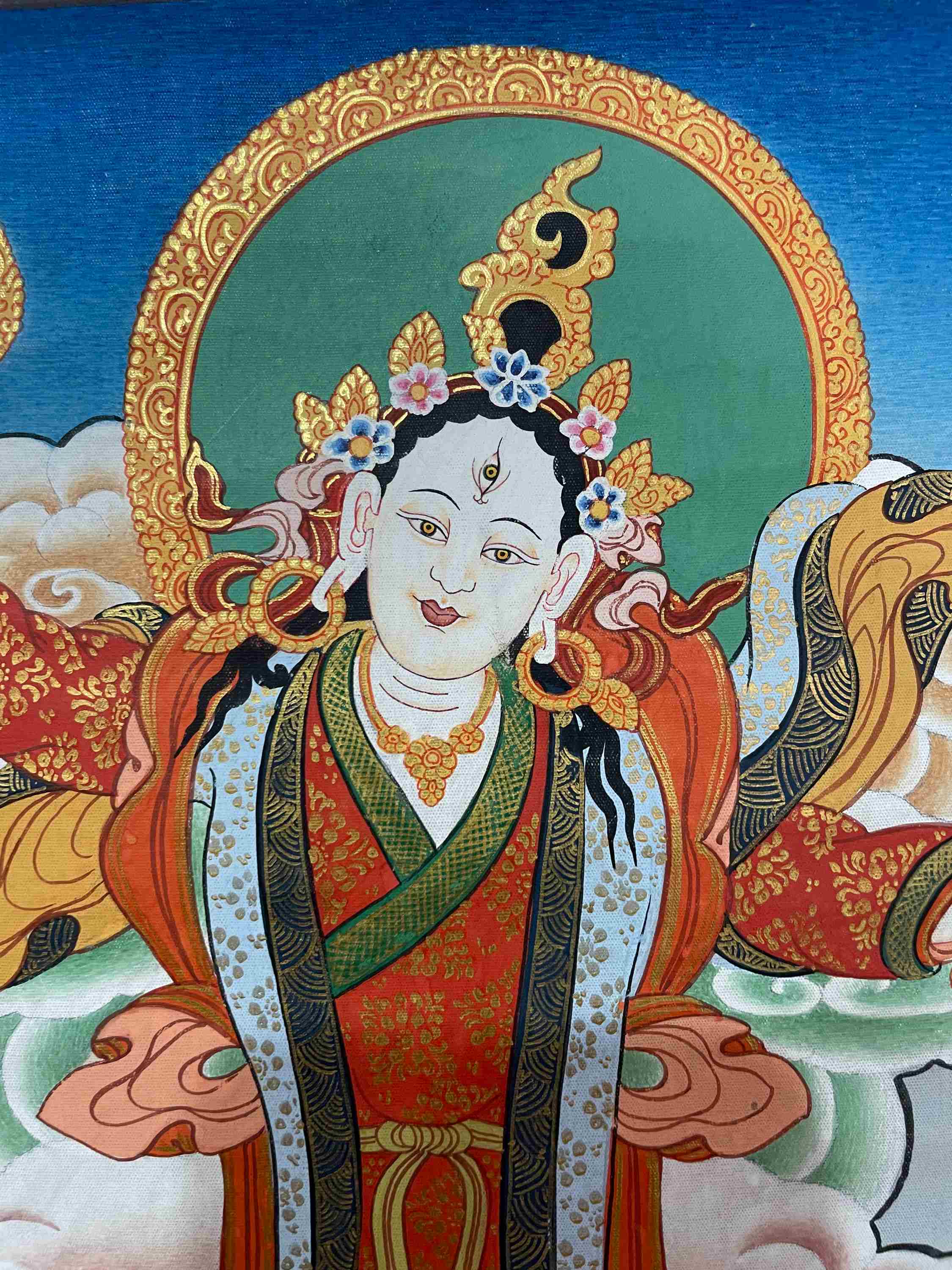 Old, Buddhist Hand Painting Thangka
Old, Buddhist Hand Painting Thangka